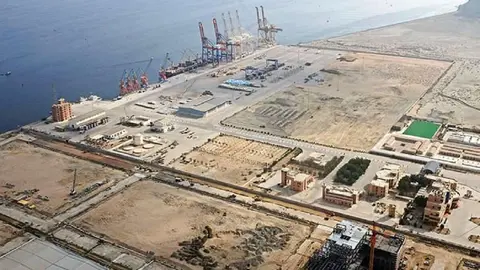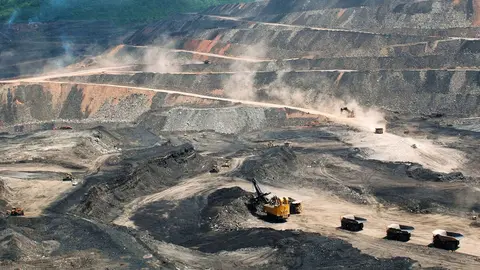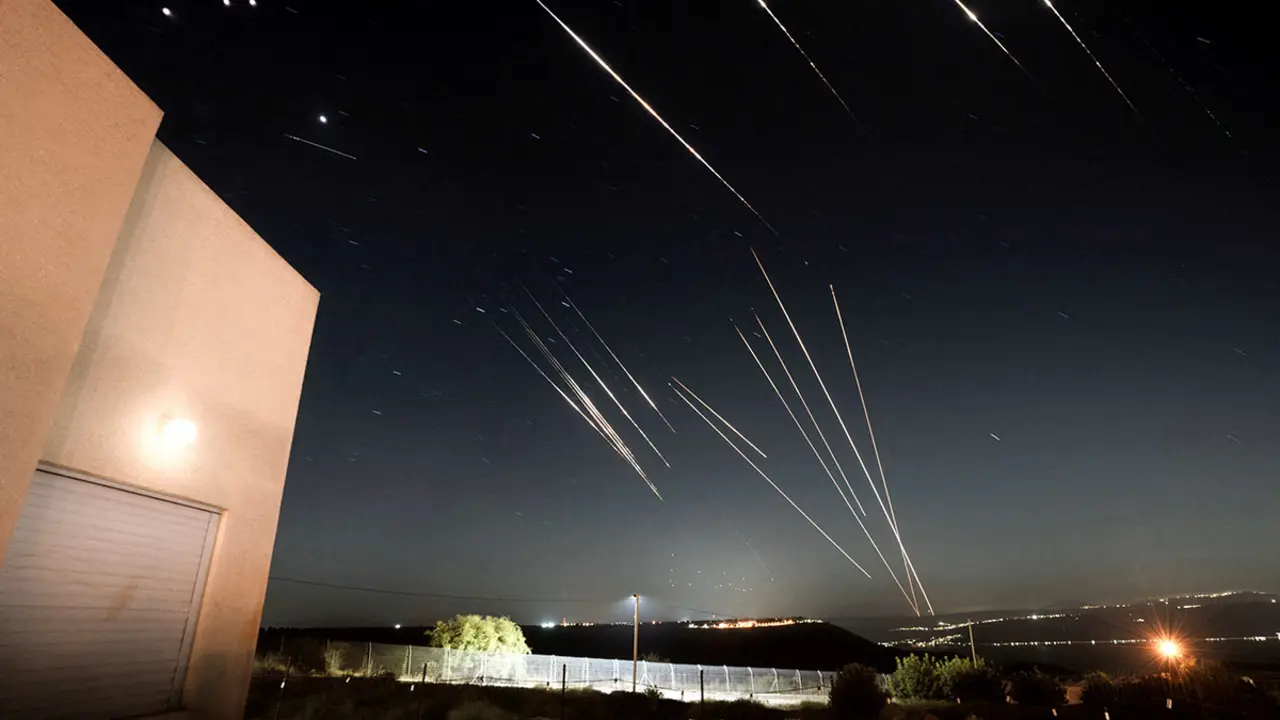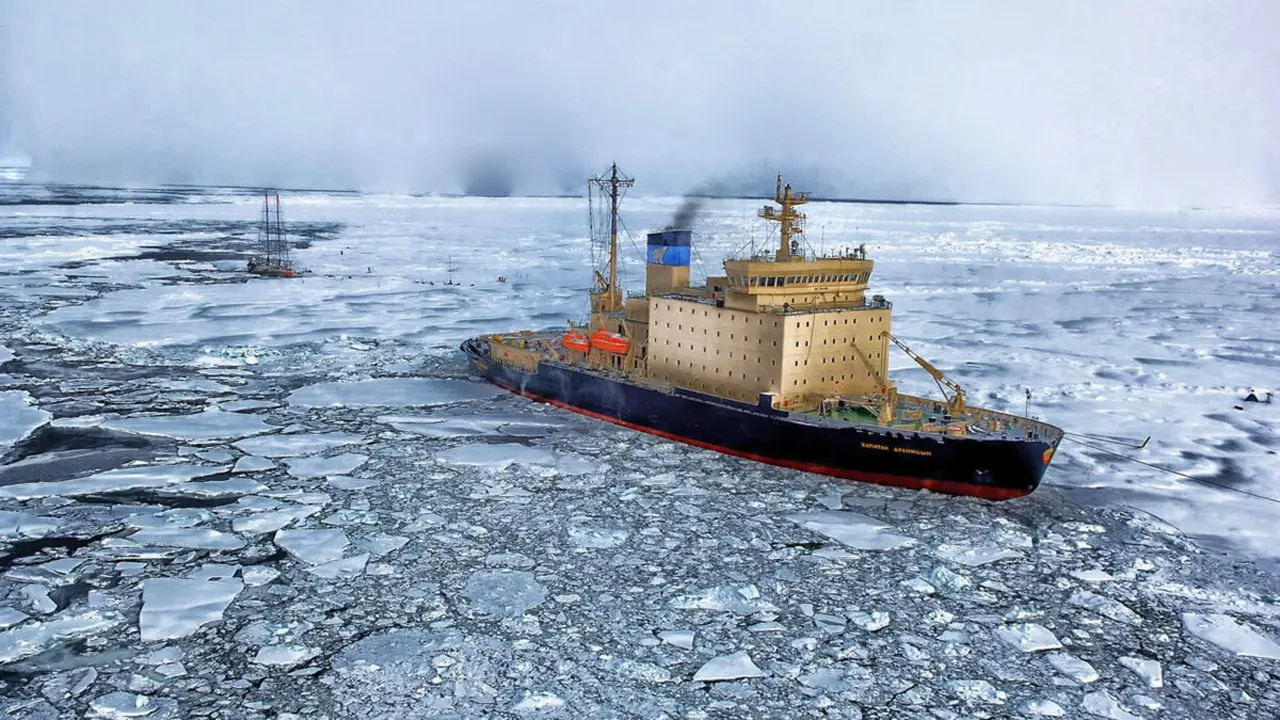The battle between China and the United States over rare metals: a new front in the trade war
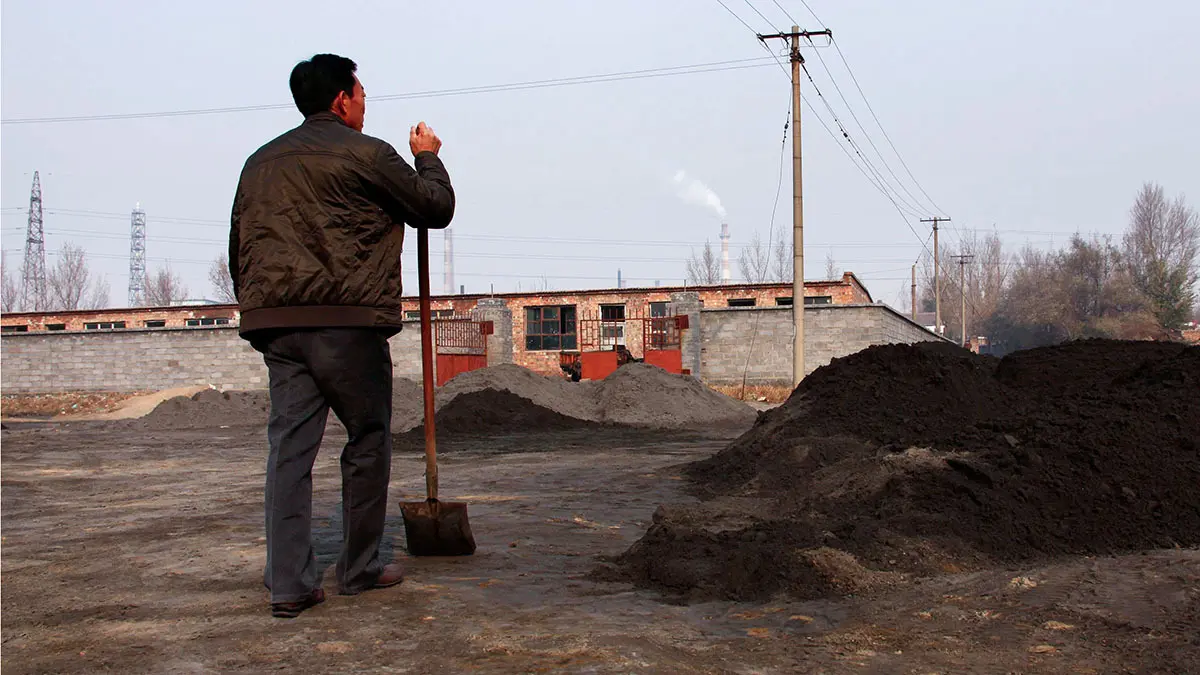
- The case of samarium
- Problems in the military supply chain
- The trade war affects the automotive industry
- A renewed trade war
- Environmental and economic dependence
Rare earths, a group of 17 chemical elements located on the periodic table between lanthanides, scandium and yttrium, have become strategic resources in recent decades. Their exceptional magnetic, thermal and optical properties make them essential for advanced technologies such as electric motors, wind turbines, missiles, sensors, electric vehicles, electronic devices and medical equipment. But what has intensified the global struggle over these elements is not only their industrial value, but who controls them: China.
According to data collected by Reuters, China produces about 70% of the world's rare earth supply and refines about 90% of the total, exercising a near-monopoly over their processing and marketing. This dominance has been used as a strategic tool in the context of the trade war with the United States and, more recently, as geopolitical leverage in military and technological disputes.
The case of samarium
A particularly sensitive example is samarium, a rare earth with unique properties. Magnets made from this metal can withstand temperatures so high that they melt lead without losing their magnetism. This makes them key components in modern defence systems, such as the compact electric motors that power missile nose cones, smart bombs and Lockheed Martin's F-35 fighter jets, each of which contains approximately 50 pounds (22.7 kg) of samarium magnets.
China is the only global supplier of samarium in commercial quantities since the closure in 1994 of the French plant in La Rochelle, which processed material mined in Australia. The decline of Western alternatives was due both to environmental reasons and the inability to compete with lower production costs in the Chinese city of Baotou, located in Inner Mongolia.
This vulnerability was exacerbated on 4 April 2025, when China suspended exports of seven rare earth minerals, including samarium, and magnets made from them. According to the Chinese Ministry of Commerce, the materials have dual uses (civilian and military) and exports will not be allowed without special licences, justified by the need to protect national security.
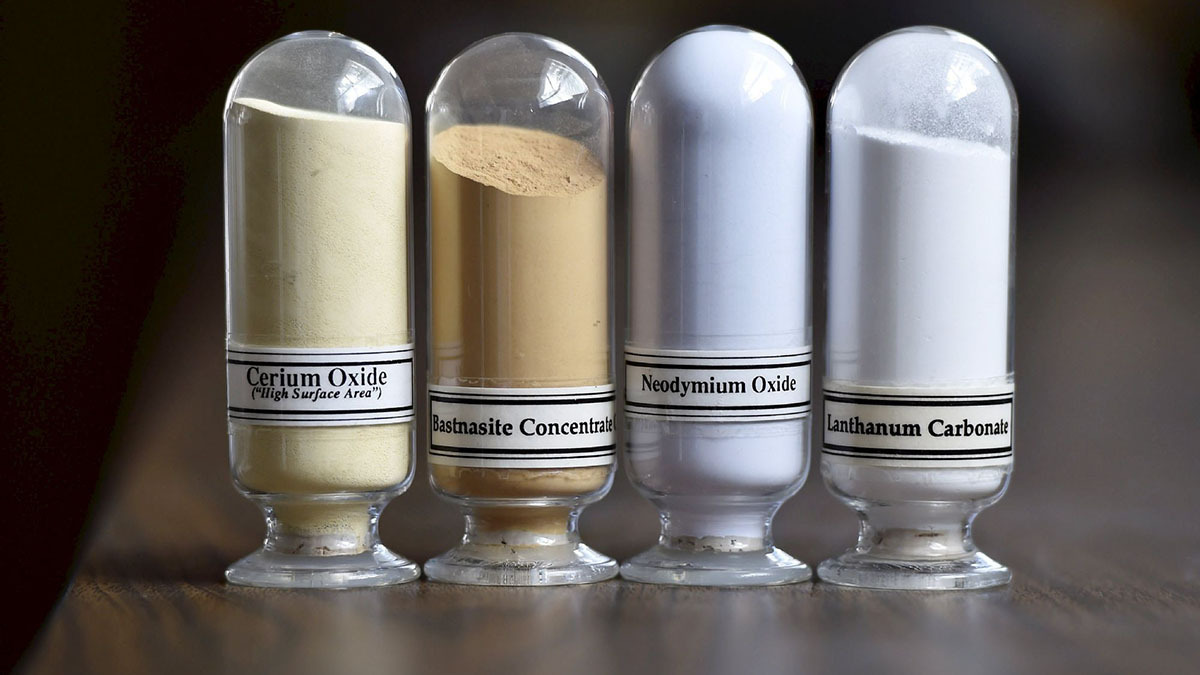
Problems in the military supply chain
The measure set off alarm bells in Washington and Brussels. According to The New York Times, the military arsenals of the United States and its European allies have been seriously depleted following the shipment of advanced weapons to Ukraine, and more recently to Israel, following the outbreak of conflict in Gaza. Without regular access to samarium and other similar materials, the ability to resupply this key equipment is compromised.

The president of the American Chamber of Commerce in China, Michael Hart, said that the export licensing system is unlikely to be abolished, noting that ‘this is not going away.’ Lockheed Martin, the largest military contractor affected, said it is continuously evaluating ‘the global supply chain for rare earths to ensure access to critical materials that support our customers' missions.’
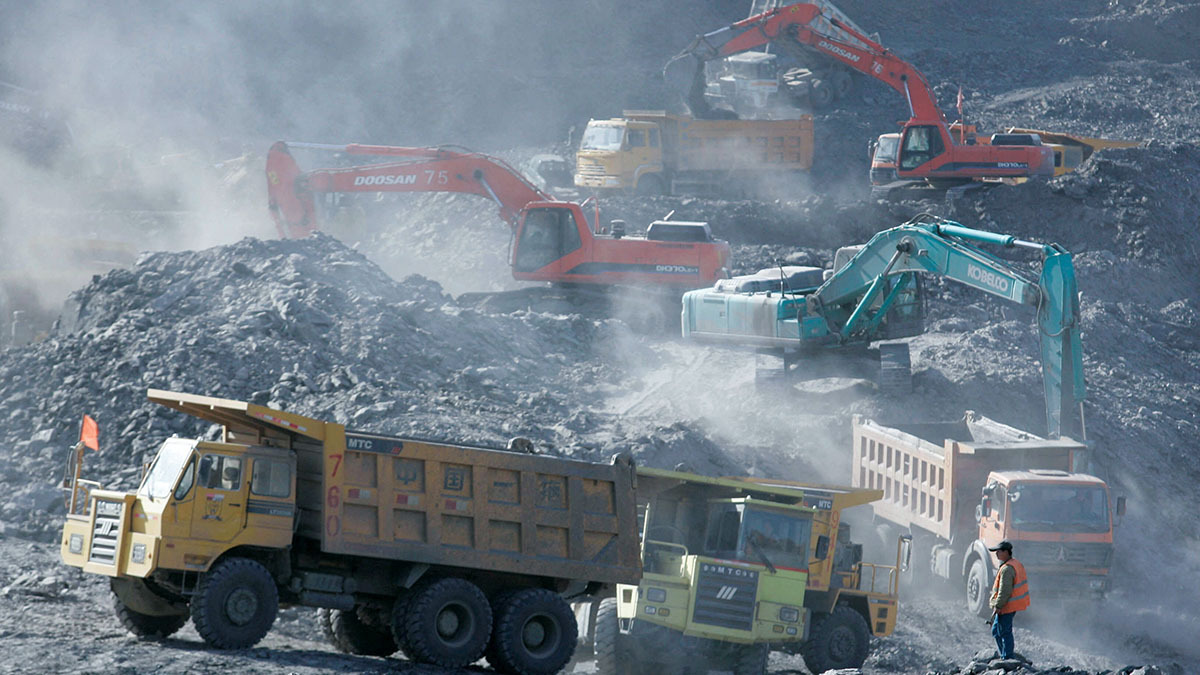
The trade war affects the automotive industry
Although military applications are the most sensitive, the automotive industry has also begun to feel the impact. According to Reuters, China granted temporary export licences, some valid for six months, to suppliers linked to the three major US manufacturers: General Motors, Ford and Stellantis (manufacturer of Jeep). However, uncertainty remains.
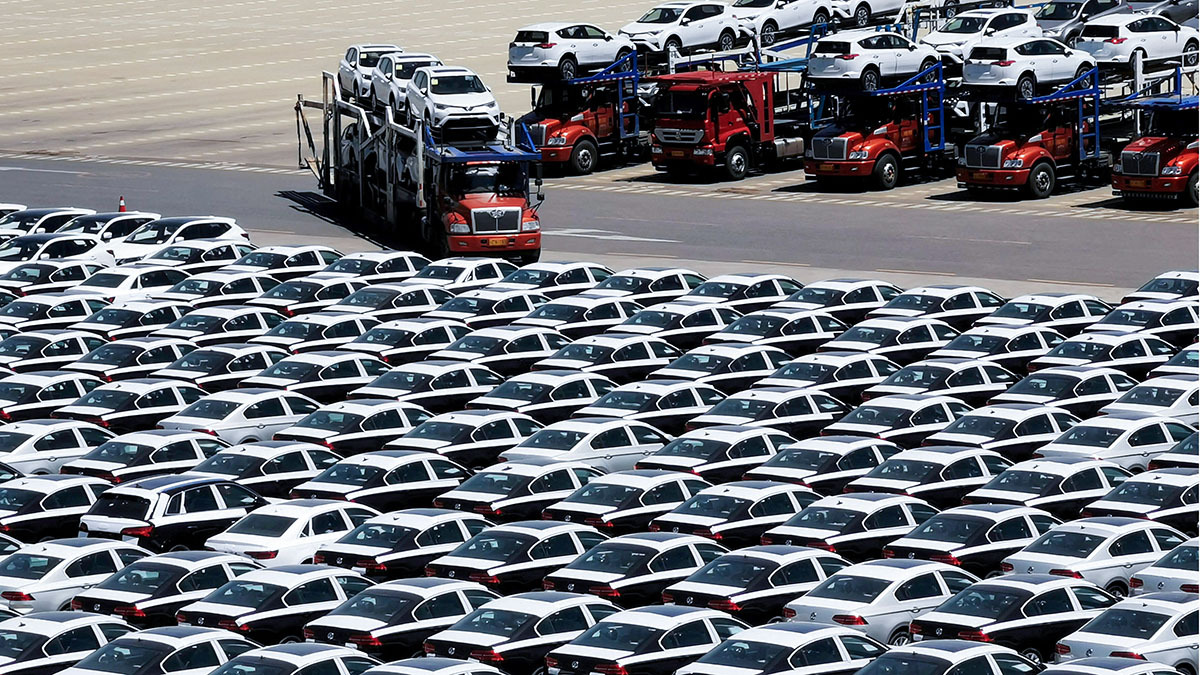
Ford, for example, halted production of its Explorer SUV in Chicago for a week in May due to a shortage of rare earths, while Stellantis confirmed that it is working with its suppliers to avoid further disruptions.
The situation has forced companies to rethink their structural dependence on China. Anonymous sources cited by the news agency warn of the need for Beijing to ‘demonstrate that it is not using this advantage as a trade weapon.’
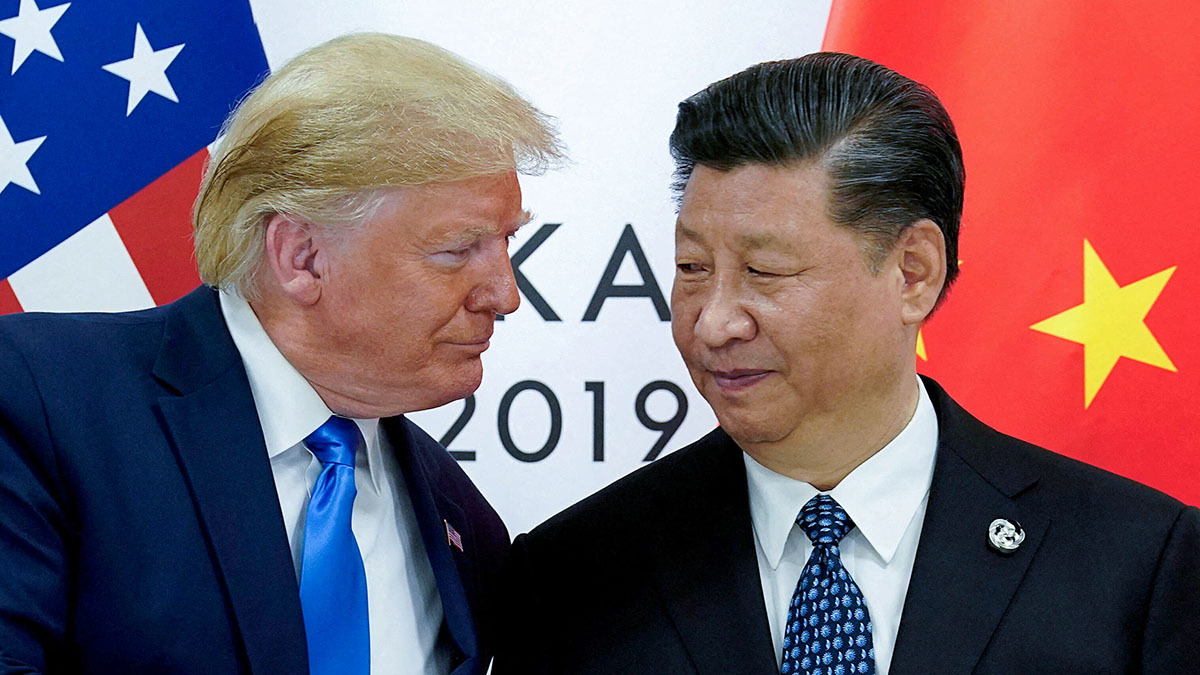
A renewed trade war
Against this backdrop, recent talks between US President Donald Trump and his Chinese counterpart Xi Jinping reflect a clear escalation in the trade conflict. After a long phone call last Thursday, the two leaders agreed to resume meetings between their technical teams to try to break the deadlock, although the new digital tracking system for rare earth magnets introduced by China strengthens its ability to control and combat smuggling.
Since 2023, China has also restricted exports of critical minerals such as gallium, germanium, graphite, tungsten and antimony, as well as banning the export of technology for rare earth refining. This trend has been interpreted as a further step in its desire to shield its strategic resources from international tensions.
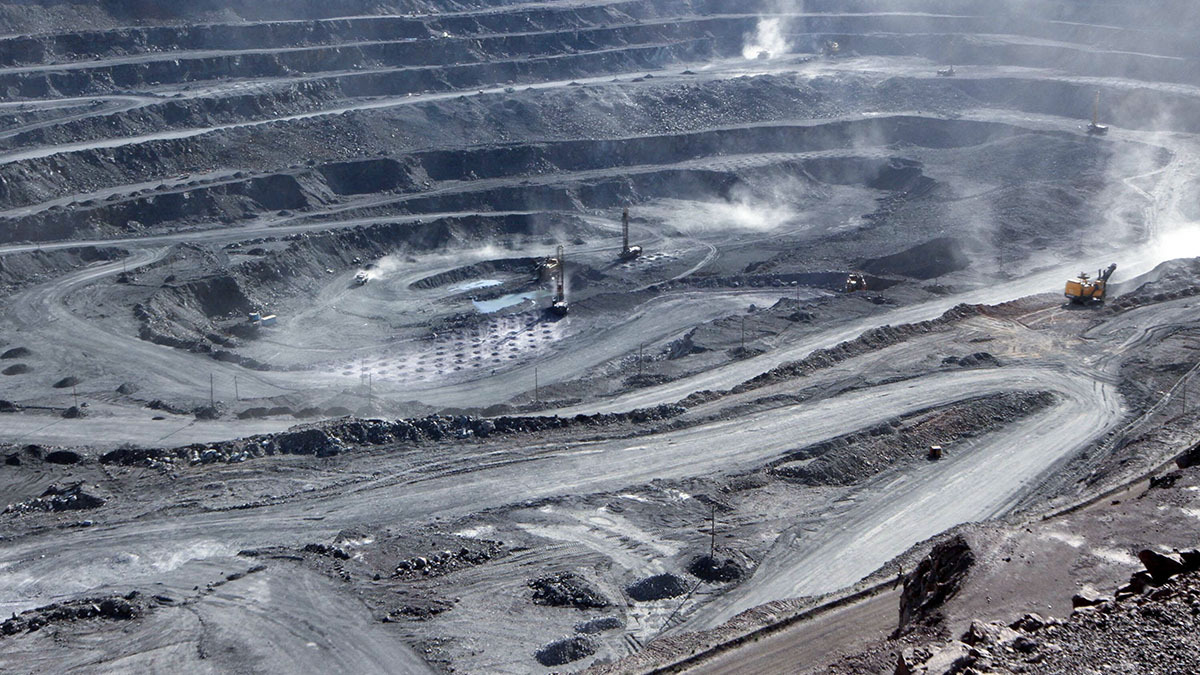
Environmental and economic dependence
Paradoxically, many of the products that require rare earths are essential for the global energy transition, such as electric vehicles and wind turbines. However, their extraction and refining have a high environmental cost, which is why countries such as the United States have historically opted to outsource this activity to China.
Today, this strategic decision has become a vulnerability. The lack of domestic production and the closure of processing plants in the West has left the industrialised world exposed to Beijing's political and commercial decisions.
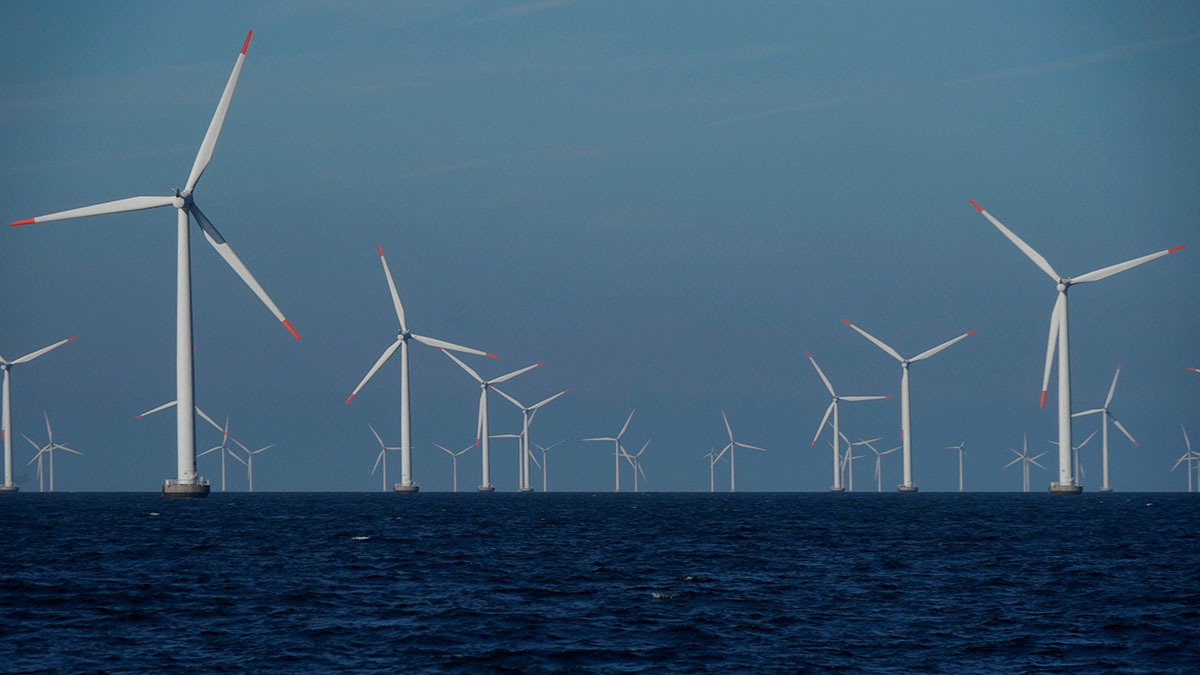
The current situation reveals how natural resources have become geo-economic weapons. In the new global order, control over materials such as samarium, neodymium and cerium may be as important as oil and gas were in the 20th century.
With the supply of rare earths becoming an instrument of diplomatic pressure, Western governments face a dilemma: rapidly diversify their sources and revive local production, or accept strategic dependence on a rival power.

